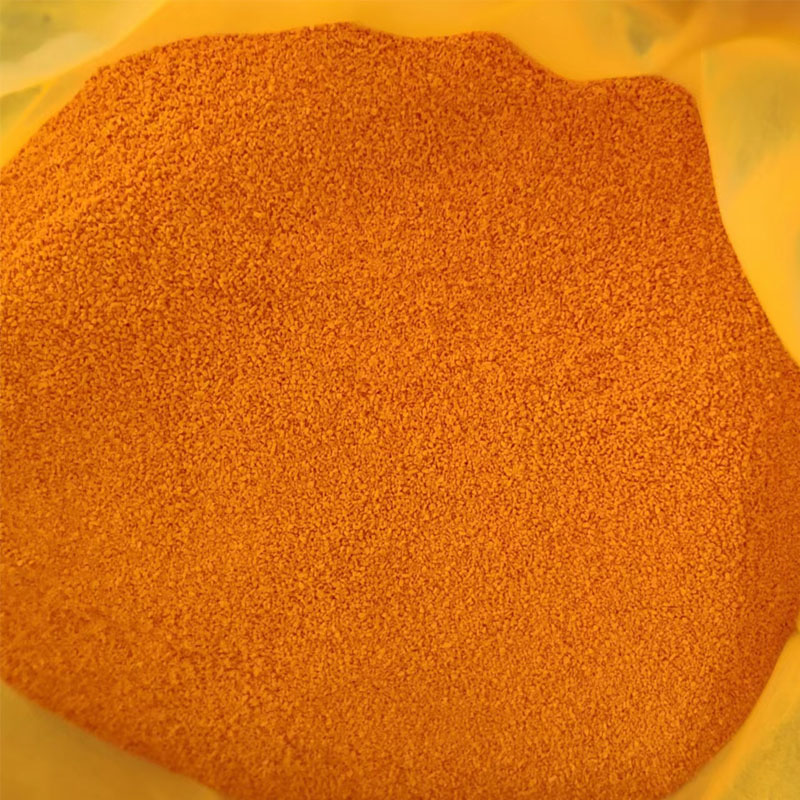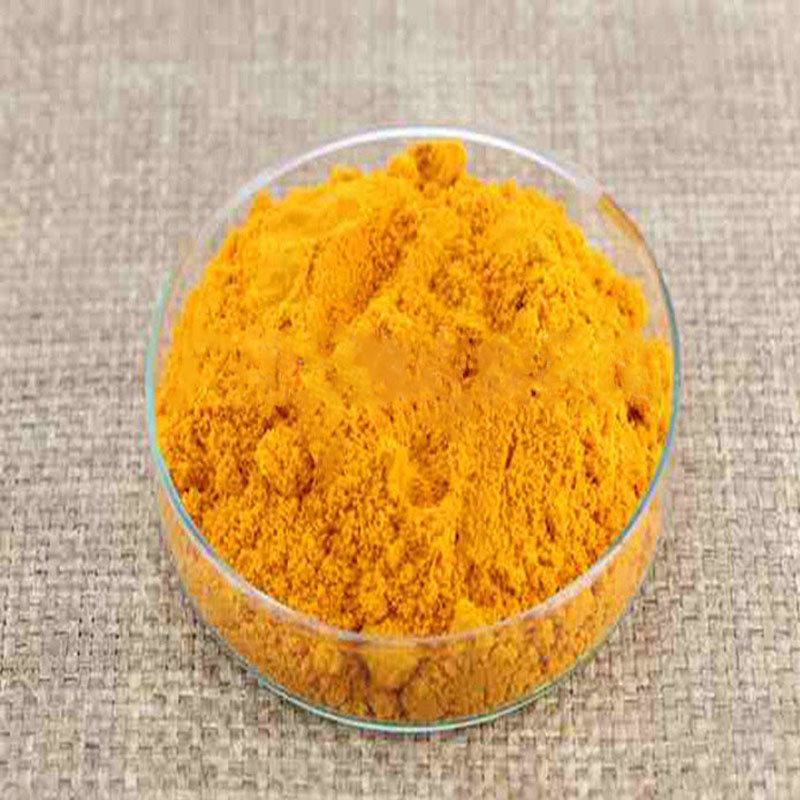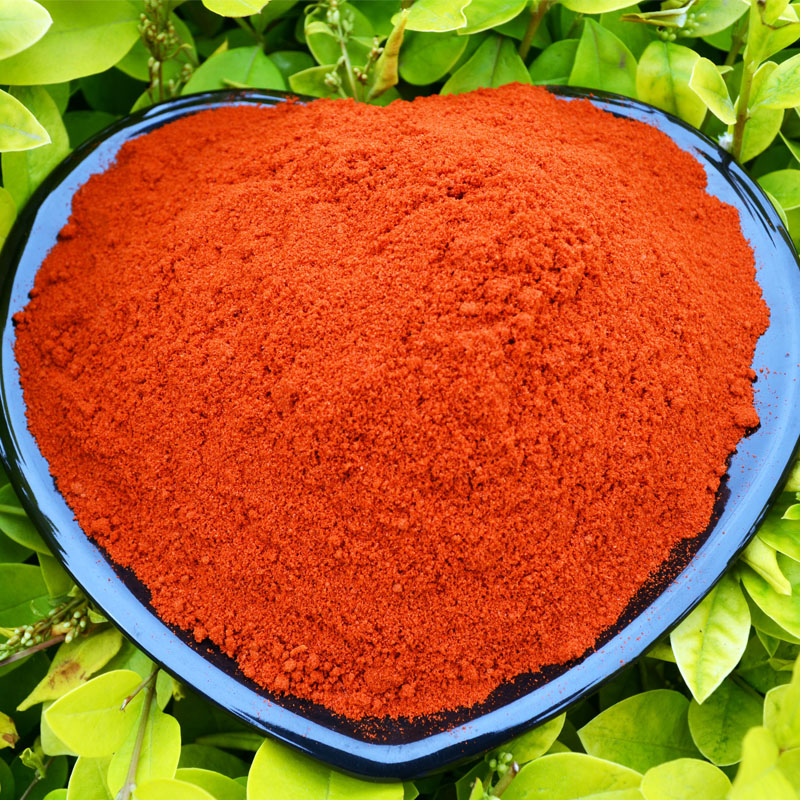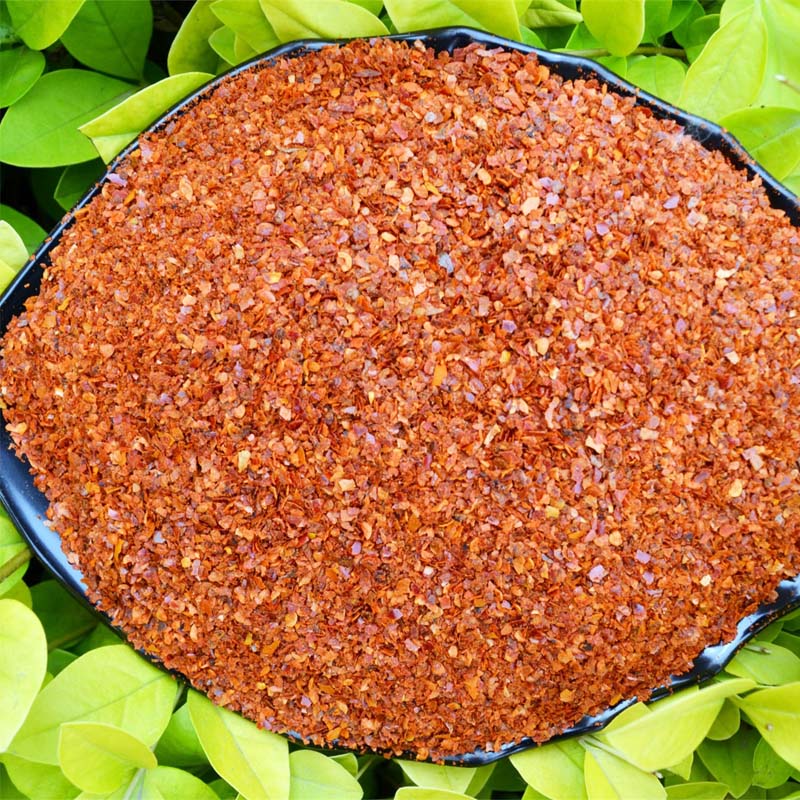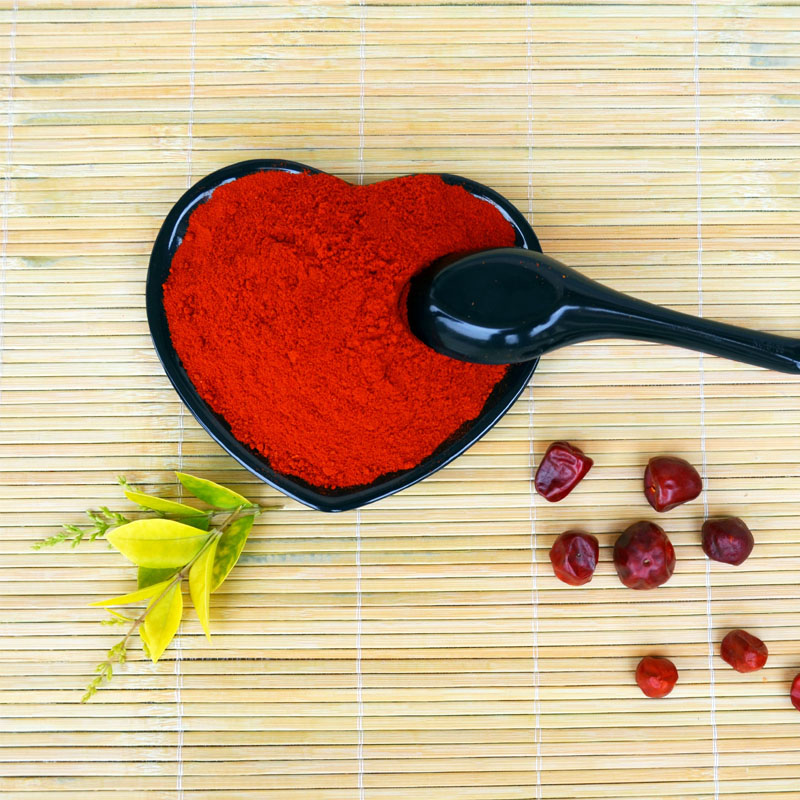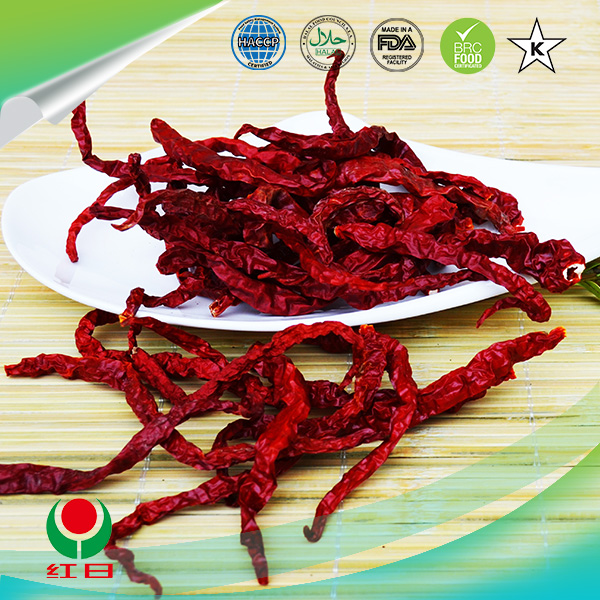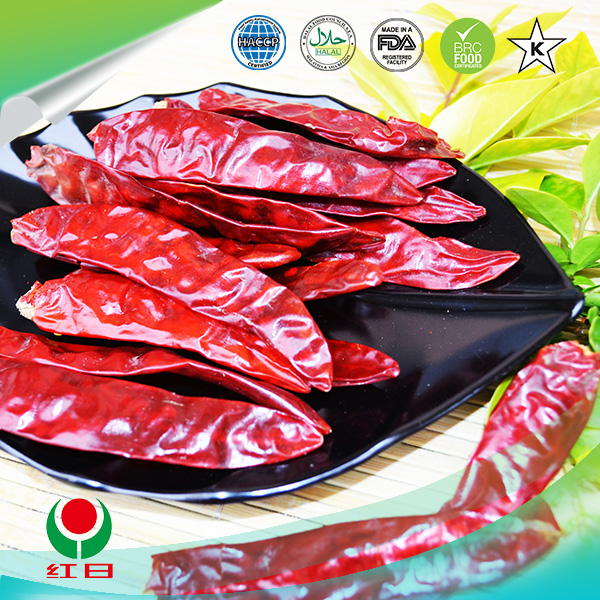- No. 268 Xianghe Street, Economic Development Zone of Xingtai city, Hebei 054001 China
- Byron@hbhongri.cn
Crushed Red Hot Peppers: Fiery Seasoning for Any Meal
Explore industry insights, technical specifications, and applications of premium crushed chili products
Industry Overview & Market Trends
The global market for crushed red hot peppers continues to show robust growth, with an estimated CAGR of 6.8% from 2023-2028 according to FoodTech Analytics. This expansion is primarily driven by increasing consumer preference for spicy flavors and ethnic cuisines worldwide. The crushed red chili pepper segment alone accounts for approximately 35% of the global spice industry's value.
Professional chefs especially value crushed red hot peppers for their unique texture and controlled heat profile. Unlike ground red pepper, which tends to blend seamlessly into dishes, crushed versions provide visual appeal and concentrated pockets of heat when sprinkled over finished dishes. This distinction makes crushed red chili particularly popular as a pizza topping, pasta garnish, and seasoning for grilled meats.
About Xingtai Hongri Biotech Co., Ltd.
Xingtai Hongri Biotech Co., Ltd. stands at the forefront of premium chili products. Located at No. 268 Xianghe Street, Economic Development Zone of Xingtai city, Hebei China, we specialize in scientifically processed crushed red hot peppers that preserve maximum flavor compounds and capsaicin content.
Our chili crushed undergoes a proprietary low-temperature drying process that protects volatile flavor compounds while ensuring food safety standards exceed ISO 22000 requirements.
Technical Specifications & Quality Parameters
Understanding key quality metrics is essential when selecting premium crushed red chili pepper. Below are critical specifications that define product excellence:
| Parameter | Industry Standard | Hongri Premium Grade | Test Method |
|---|---|---|---|
| Scoville Heat Units (SHU) | 30,000-50,000 | 35,000-45,000 | HPLC Analysis |
| Moisture Content | <10% | <8% | ISO 939 |
| Particle Size Distribution | 1-5mm | 2-3mm uniform | Sieving Method EN 15149 |
| Capsaicinoid Content | 0.5-1.2% | 0.85-1.05% | Spectrophotometry |
| Microbiological Safety (CFU/g) | <10,000 | <5,000 | ISO 4833 |
| Color Retention (ASTA Units) | 120-150 | 160-180 | ASTA 20.1 |
Advanced Processing Techniques
Quality crushed red hot peppers begin with optimal agricultural practices and meticulous processing. Our chili peppers undergo the following advanced treatment phases:
1. Controlled Dehydration
Unlike conventional sun-drying, our proprietary dehydration chambers maintain temperatures between 38-42°C with 25% humidity to preserve maximum heat compounds (capsaicinoids) and volatile flavor components. This method prevents the thermal degradation that occurs with high-temperature commercial dryers.
2. Cryogenic Milling
Conventional grinding generates heat that oxidizes delicate flavor compounds. Our cryogenic milling process uses liquid nitrogen (-196°C) to maintain cellular integrity during crushing, resulting in superior aroma preservation and visual vibrancy.
3. Color Stabilization
To maintain the signature red hue of premium crushed red chili pepper, we implement ascorbic acid treatments that prevent oxidation while meeting organic standards. This process maintains color stability for up to 24 months without artificial colorants.
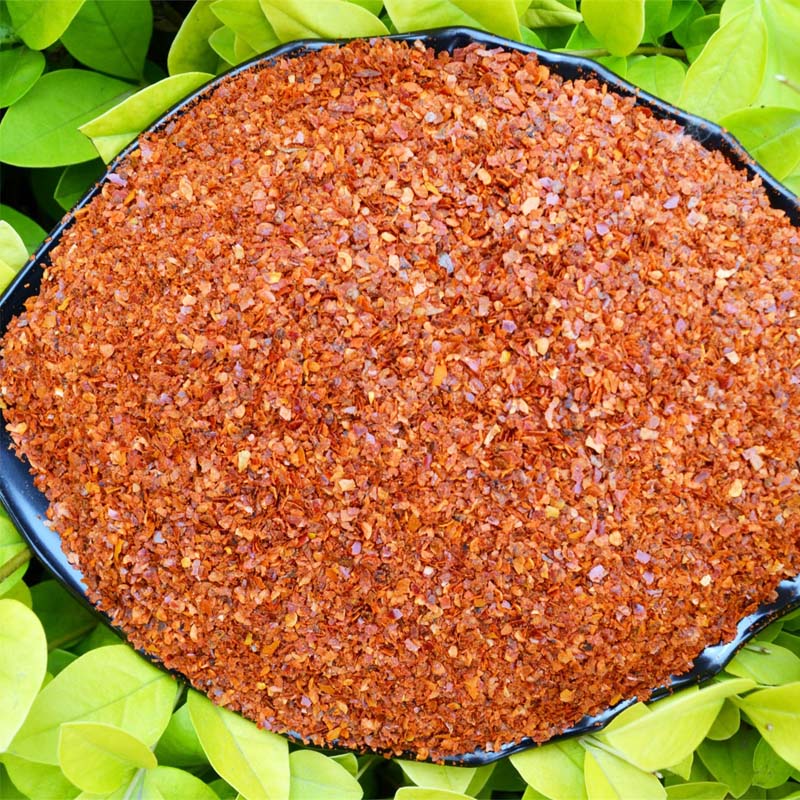
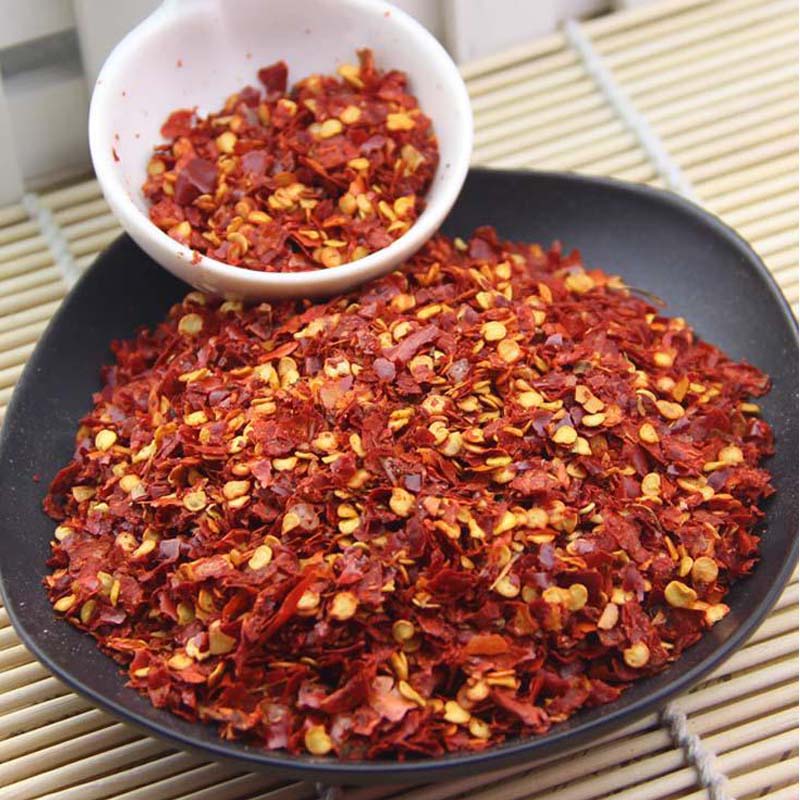
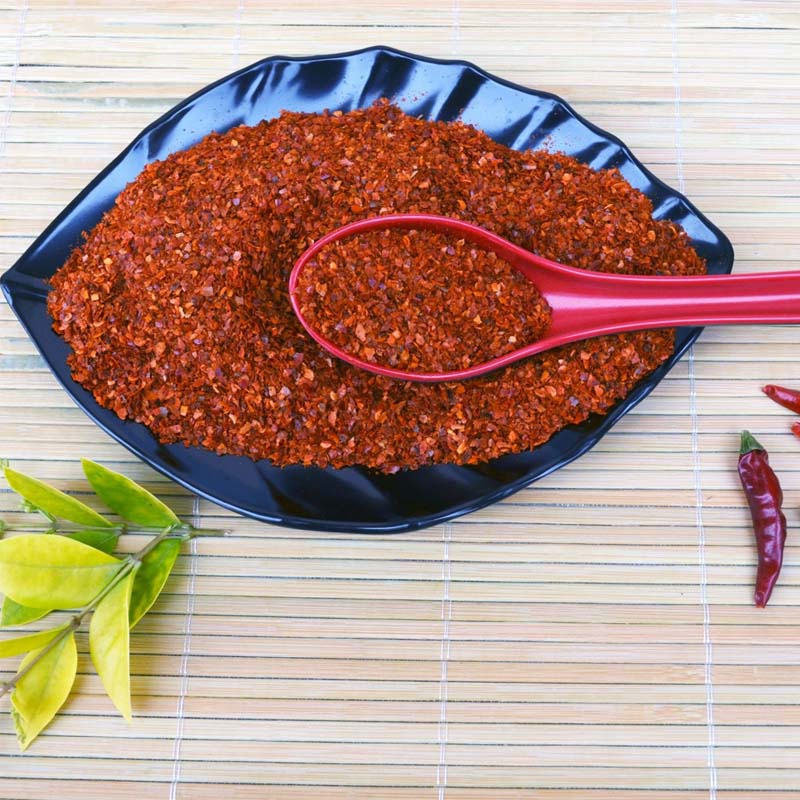
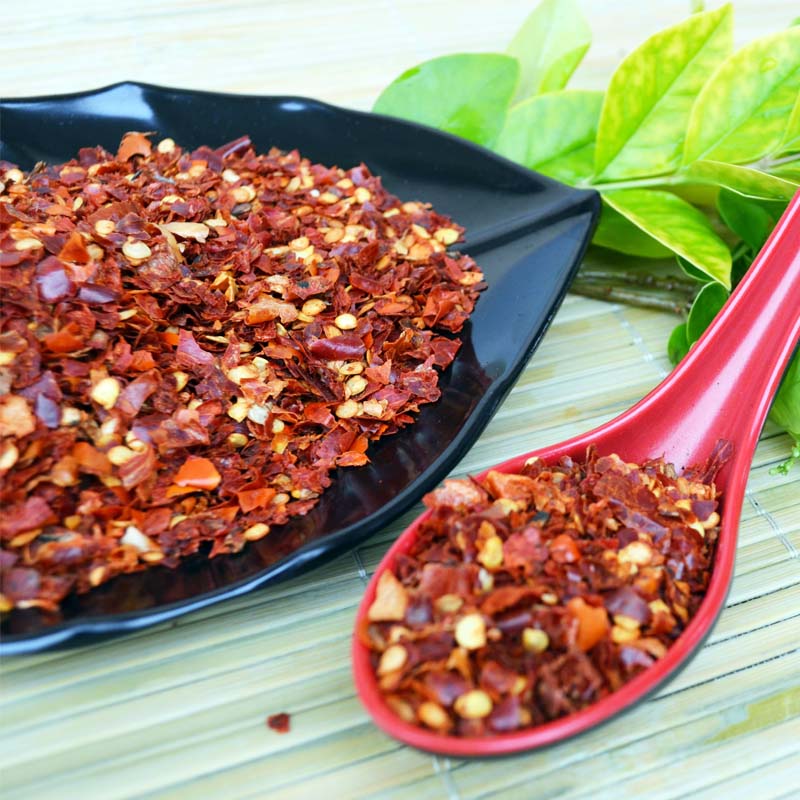
Industrial & Culinary Applications
Crushed red hot peppers have diverse applications across multiple industries:
Food Manufacturing
In snack production, crushed red chili provides visual appeal and controlled heat distribution in products like extruded chips and seasoned nuts. For sauce manufacturers, the flakes create viscosity without altering pH balance unlike ground red pepper alternatives.
Restaurant Operations
Professional kitchens rely on crushed red hot peppers for table condiments, pasta dishes, and oil infusions. The distinct texture allows for precise heat control impossible with powdered alternatives.
Food Service Innovation
With the growing demand for customizable heat levels, some chains offer crushed red chili pepper shakers as standard table condiments alongside salt and pepper. This approach has increased spicy item sales by 22% according to QSR Magazine.
Professional FAQ: Crushed Red Pepper Specifications
While both originate from Capsicum annum peppers, crushed red hot peppers maintain flake integrity (2-5mm particles) for textural applications, whereas ground versions become powder for seamless integration. The crushing process preserves cell structures containing heat compounds differently.
High-barrier metallized PET with nitrogen flushing provides 24-month stability by preventing oxidation and moisture ingress exceeding 0.5%. UV-blocking materials are critical to prevent photo-degradation of carotenoids.
35,000 SHU crushed red chili pepper provides noticeable heat without overwhelming. For reference: jalapeños measure 2,500-8,000 SHU; habaneros 100,000-350,000 SHU. The ideal pizza topping range is 30,000-45,000 SHU.
2-3mm flakes provide ideal heat distribution without burning points. Smaller particles (ground red pepper with faster heat dispersion but less texture.
Moisture above 10% risks mold formation during storage. Below 6%, volatile flavor compounds degrade. Optimal range is 7-8% achieved through precision dehydration protocols.
ISO 22000, HACCP, and AIB audits are essential. Organic certification requires documentation from seed source through processing. Microbial testing for Salmonella, E.coli, and aflatoxins is mandatory.
Soil composition and solar intensity directly affect capsaicin development. Chinese-grown peppers develop complex floral notes; Mexican varieties show earthy characteristics; Indian cultivars provide intense heat progression.
Industry References & Scientific Citations
1. "Capsaicinoid Preservation Methods in Processed Chilies" - Journal of Food Science (2023) https://doi.org/10.1111/jfds.12678
2. Global Spice Trade Report - International Pepper Association https://www.internationalpepper.org/reports/2023
3. Thermal Degradation Studies of Capsicum Compounds - Food Chemistry Journal https://doi.org/10.1016/j.foodchem.2022.134112
4. "Color Stability Mechanisms in Red Pepper Products" - Journal of Agricultural and Food Chemistry https://doi.org/10.1021/acs.jafc.1c07322
5. Microbiological Safety Standards for Dried Spices - WHO Technical Report https://www.who.int/publications/i/item/9789240032188
-
Capsicum frutescens oleoresin – High Purity, Food GradeNewsNov.17,2025
-
Capsicum Frutescens Oleoresin – Natural Heat & FlavorNewsNov.17,2025
-
Peppereka Powder – Fresh, Vibrant Color & Sweet AromaNewsNov.17,2025
-
Paprika Oleoresin | Natural Red Color, Heat & Flavor BoostNewsNov.17,2025
-
Pure Turmeric Extract 95% Curcumin | Potent, Lab-TestedNewsNov.17,2025
-
Red Papper Pods – Premium Sun-Dried, Bold Heat & AromaNewsNov.10,2025
